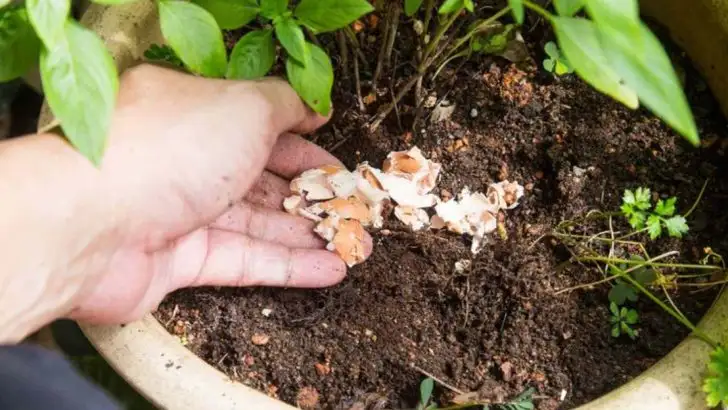Before you toss those kitchen scraps into the trash or compost bin, take a second look—many everyday leftovers can be repurposed right into your garden. From banana peels to coffee grounds, your food waste might just be the secret to healthier soil, stronger plants, and fewer pests. It’s an easy, budget-friendly way to garden smarter while cutting down on waste.
These 11 clever ideas will show you how to turn ordinary scraps into powerful garden boosters. Whether you’re a composting pro or totally new to the idea, there’s a trick here that’ll fit into your routine. Your plants—and the planet—will thank you.
Eggshell Fertilizer
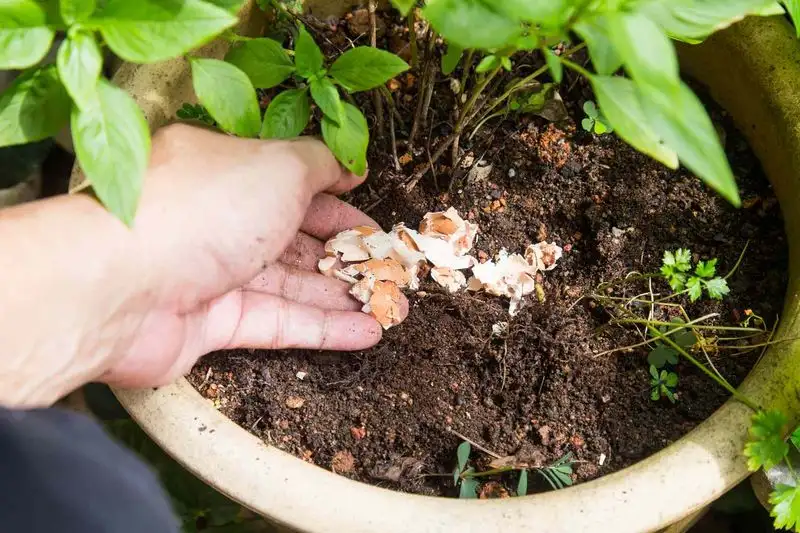
Crushed eggshells are an effortless way to enrich your garden. Their calcium content strengthens plant cell walls, promoting robust growth. Sprinkle them around tomato plants to prevent blossom-end rot. As they decompose, eggshells improve soil structure.
Try grinding them into a fine powder for a quicker nutrient release. Not only do they nourish the soil, but the sharp edges can deter soft-bodied pests such as slugs and snails. By using eggshells in your garden, you’re recycling a common kitchen waste item while boosting plant health.
Coffee Grounds as Mulch
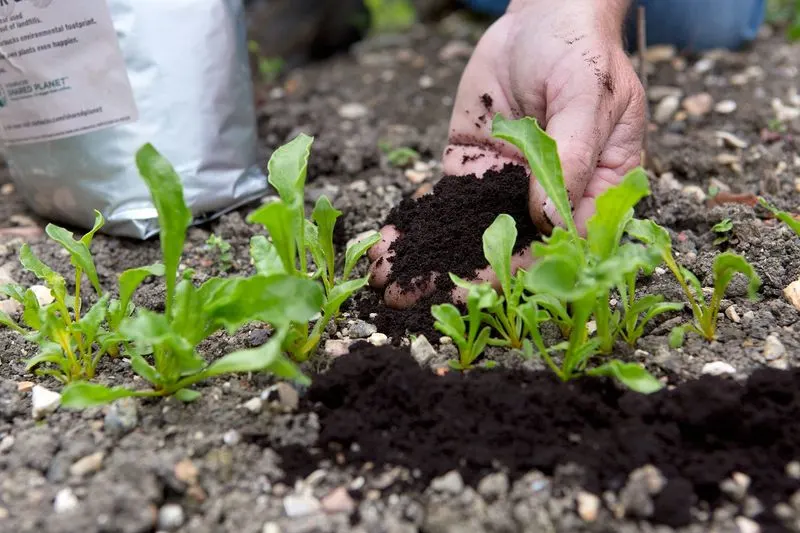
Coffee grounds offer more than just morning energy; they’re a fantastic mulch substitute. Rich in nitrogen, they invigorate plants like roses and azaleas. Spread them thinly over the soil to enhance aeration and moisture retention.
Coffee grounds attract earthworms, essential for healthy soil. Be cautious not to heap too much in one spot, as they can compact and create a water barrier. Regularly mixing them into the soil balances acidity, benefiting a variety of plants. Your garden will thrive with the boost these grounds provide.
Banana Peel Fertilizer
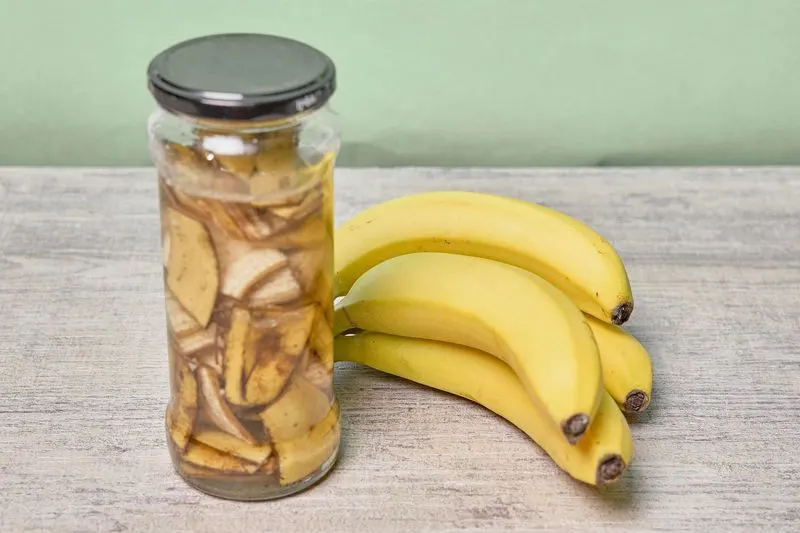
Banana peels are a powerhouse of nutrients. Their potassium and phosphorus content supports root development and flowering. Burying them near rose bushes or tomato plants can enhance growth and bloom.
Chop the peels finely for quicker decomposition, releasing nutrients into the soil. Alternatively, steep them in water to create a nutrient-rich “banana tea” for watering. These simple practices turn an everyday waste into a valuable garden asset, rewarding you with vibrant, healthy plants.
Vegetable Scraps Composting
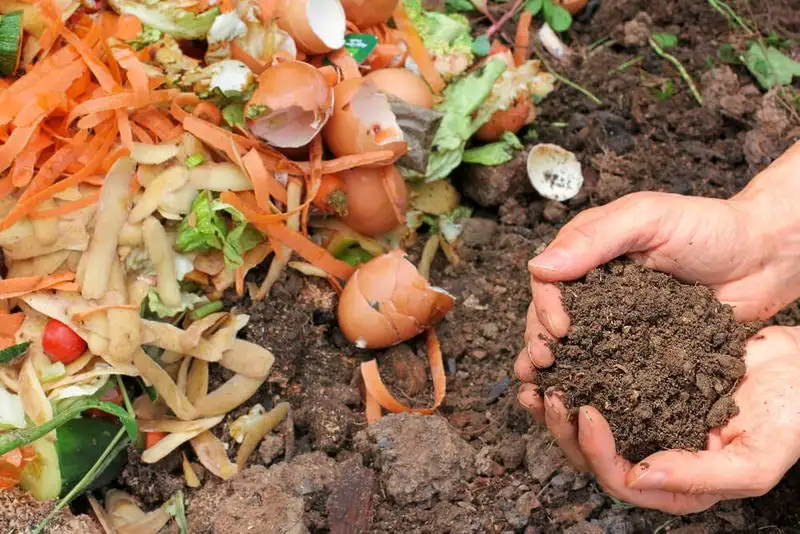
Composting vegetable scraps is a classic method of enriching soil. Over time, these scraps break down into compost, a nutrient-rich amendment for any garden. Maintain a balance of greens and browns for efficient decomposition.
This process can transform carrot tops, onion skins, and potato peels into garden gold. Regularly turning the compost pile accelerates the breakdown, yielding rich humus. This homemade compost enhances soil fertility, structure, and moisture retention, offering a sustainable solution to garden nourishment.
Citrus Peel Pest Repellent

Citrus peels are not just kitchen waste; they can naturally ward off garden pests. Their strong scent deters ants and aphids. Scatter the peels around your plants or bury them slightly in the soil.
Create a citrus spray by steeping peels in hot water, then use this to mist vulnerable plants. In addition to pest control, citrus oils break down, adding a touch of acidity that some plants crave. This method keeps pests at bay, leaving your garden more vibrant and productive.
Onion Skin Plant Dye
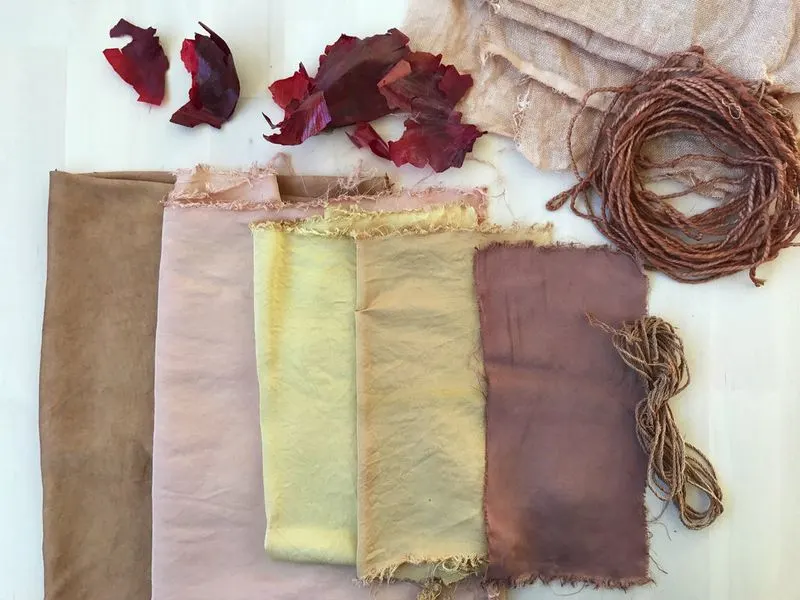
Onion skins can be more than just waste; they make an excellent natural dye for garden markers or fabrics. When boiled, they produce a rich, golden hue. Use this dye for crafting or to create homemade garden markers that are both functional and decorative.
The natural color is safe for the environment and can also be added to compost for additional nutrients. Embracing this creative use of onion skins showcases the versatility of kitchen scraps, adding color and character to your garden endeavors.
Potato Water Fertilizer
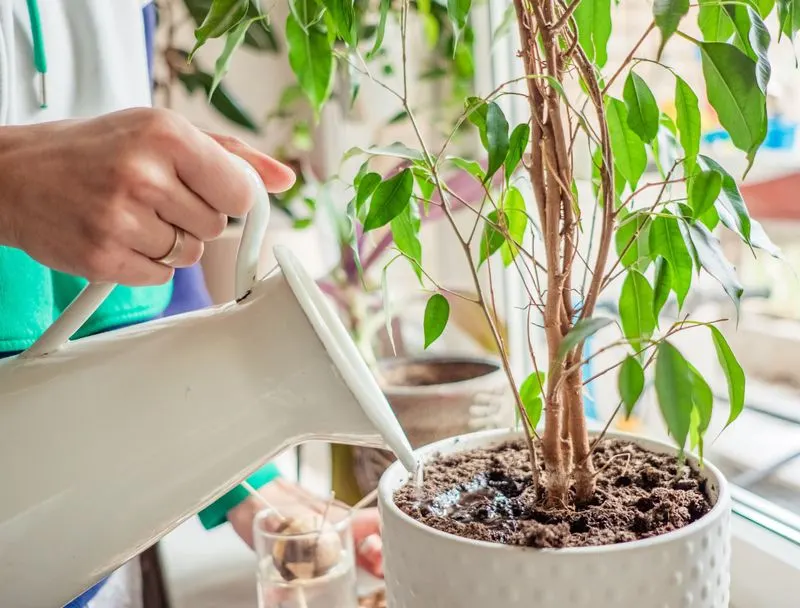
The water left after boiling potatoes is a surprise source of plant nutrients. Rich in starches, it provides a gentle boost to garden plants. Allow the water to cool before using it to water your plants.
The starch acts as a natural fertilizer, promoting growth and vitality. This method turns a simple byproduct into an asset, delivering nutrients directly to the soil. It’s an easy way to support plant health without extra cost or effort, making your garden flourish.
Herb Stems for Stock

While herb leaves often steal the spotlight, the stems can infuse flavor into homemade stock. Create a rich, aromatic base for soups and stews by simmering stems like parsley, thyme, and rosemary.
These stems add depth to dishes without waste. Once strained, the used herb stems can be composted, returning nutrients to the garden. This dual-purpose use of herb stems maximizes their potential, highlighting the interconnectedness of kitchen and garden. It’s a win-win for resourceful cooks and gardeners alike.
Avocado Pit Starter

The avocado pit, often discarded, is a simple way to start a new plant. Suspend it over water with toothpicks and watch roots emerge. This project is perfect for novice gardeners and children, cultivating patience and wonder.
Once the roots and stem grow, transplant the pit into soil. Although it may take years to fruit, the journey of growth offers its own rewards. This easy project showcases the magic of plant life, turning kitchen waste into a living spectacle.
Nut Shell Mulch

Nut shells, like those from walnuts or pecans, make effective mulch. They help retain soil moisture, suppress weeds, and add an aesthetic touch. Crushed shells create a textured surface that contrasts beautifully with vibrant plant foliage.
Over time, they break down, adding minerals to the soil. This sustainable practice recycles materials that would otherwise go to waste. Nut shell mulch is a practical and decorative choice for eco-conscious gardeners, enhancing both appearance and soil health.
Tea Bags for Acid-loving Plants

Used tea bags can be a boon for acid-loving plants. As they decompose, they release tannic acid, beneficial for azaleas and hydrangeas. Place them directly on the soil or steep them in water for a gentle plant “tea.”
In addition to adjusting pH levels, tea bags improve soil texture and encourage beneficial microbes. This sustainable method enriches the garden without the need for chemical additives. Repurposing tea bags is a simple step towards a more flourishing garden ecosystem.

